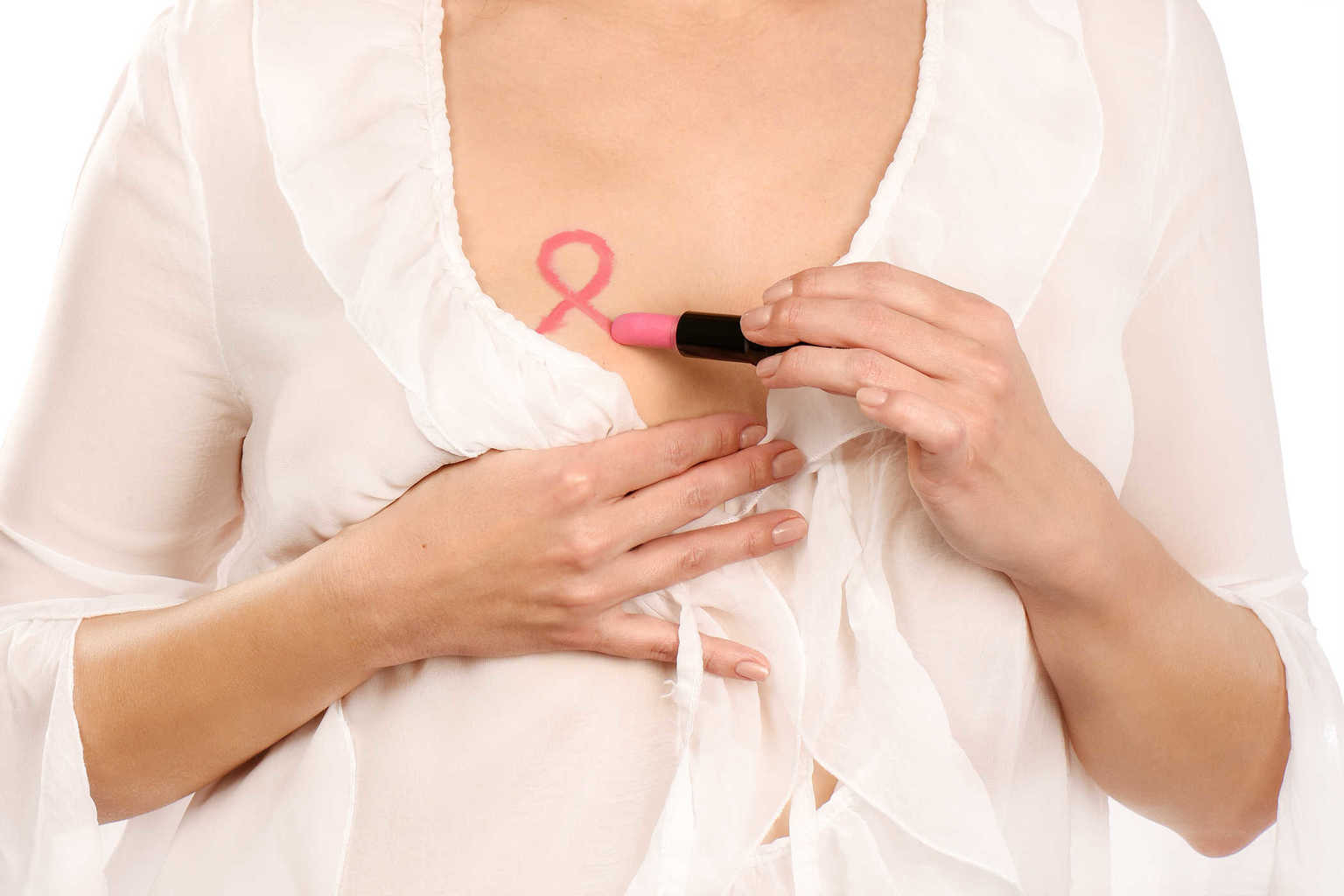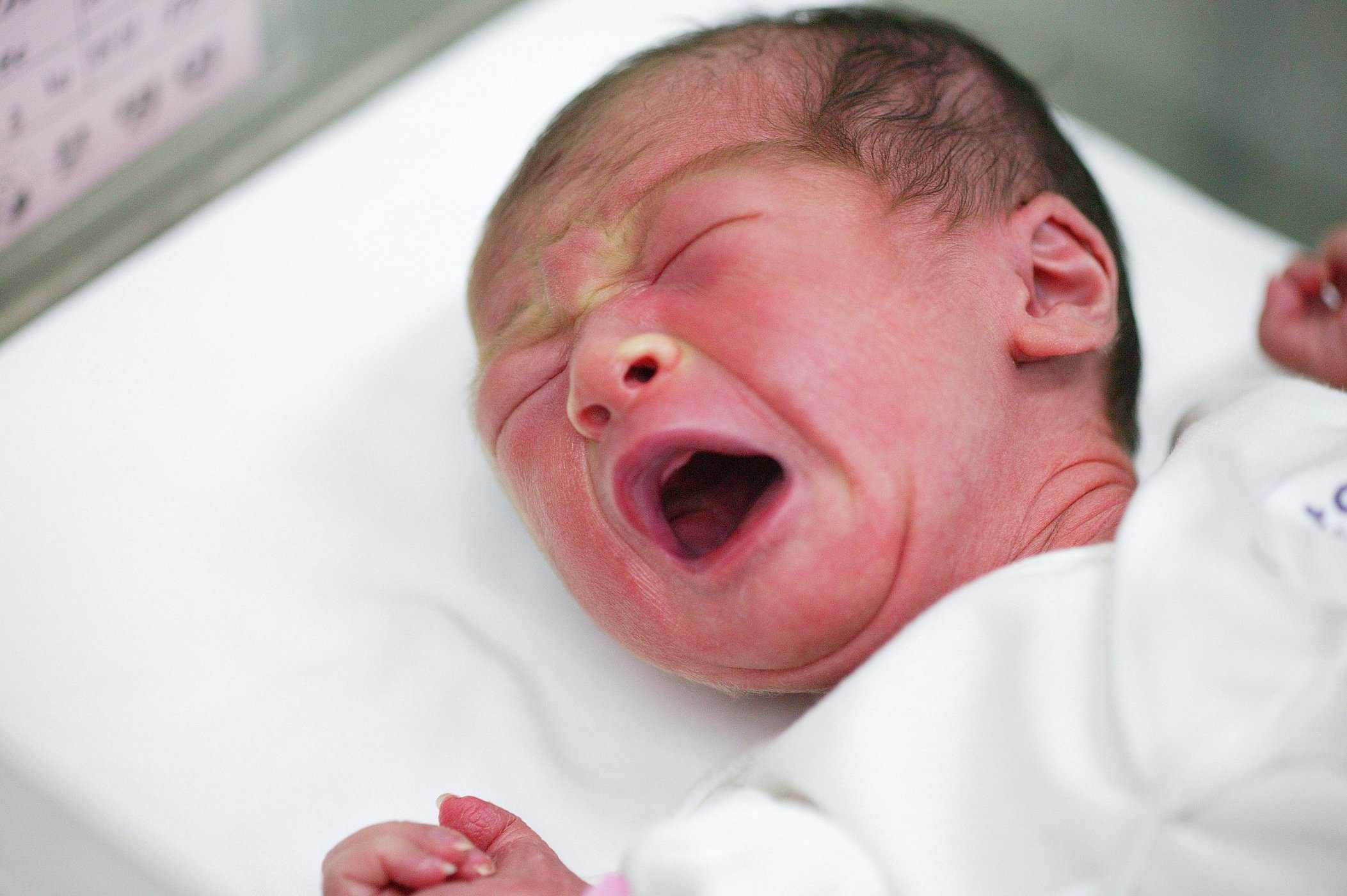Contents:
- Medical Video: Lymphedema and breast cancer
- Removal of lymph nodes
- Causes and symptoms of lymphedema
- Prevents the risk of lymphedema
- Post-diagnosis of lymphedema
Medical Video: Lymphedema and breast cancer
In general, breast cancer is classified as difficult to diagnose. To anticipate the emotional impact in the future, patients who have breast cancer should immediately seek the latest information, regarding the stage, subtype, and cancer treatment options before making a decision. It is also important to know the risk of post-treatment complications, such as the risk of lymphedema (lymphedema).
The lymphatic system is a connective tissue of lymph nodes, vessels, and ducts that function to drain lymph fluid from the tissue into the bloodstream. In addition, the lymphatic system also functions to transport substances that are not needed by the body and play an important role in the immune system. In the case of breast cancer, the lymph glands (lymph) can show cancerous movement or metathesis. Therefore, the doctor will examine the lymph nodes to find cancer cells when the surgery is performed.
Removal of lymph nodes
When cancer is found, patients are advised to undergo tumor removal surgery and sentinel gland biopsy at the same time. The sentinel gland is the first gland of the lymph system that carries fluid from the breast canal. When cancer cells are found in the sentinel gland, the doctor will lift more glands (this process is called axillary dissection) In this process, many lymph nodes will be removed.
Although cancer cells are no longer found, removal of lymph nodes cannot be separated from the risk of complications such as lymphedema. Lymphedema usually attacks the arm in the affected part of the body, but does not rule out the possibility of attacking the torso. Generally, women who undergo radiation therapy are more at risk of developing lymphedema because radiation can injure the lymph nodes. Although not all people experience lymphedema, this risk will increase with the number of glands removed.
Causes and symptoms of lymphedema
Removal of the lymph nodes causes the body to lack channels to drain lymph fluid. In the end, fluid will accumulate in the fat tissue of the skin and is at risk of infection. Lymphedema can appear shortly after therapy or even appear a few years later. When lymphedema appears, the patient must face it for life. Symptoms of lymphedema include:
- Swelling of the breast, arms, or hands on the part of the body being operated on
- The body feels heavy
- Changes in skin texture (feels tight)
- Pain in the infected area
- Difficulty moving joints
- Decreased flexibility in limbs
- Inflamed skin
Prevents the risk of lymphedema
After undergoing breast surgery, patients generally experience swelling and will gradually recover within 6-12 weeks. Mild exercise has proven effective in helping to prevent lymphedema during this period.
To restore normal function of the arm, the American Cancer Society encourages patients to hold their infected arm above their head while opening and closing their hands several times. This exercise can be done 2-3 times a day. Another way to prevent lymphedema is to lie 3 times a day with your arms placed above your chest, position your wrists higher than your elbows, and your elbows higher than your shoulders. Consult with your doctor before before starting the exercise, especially postoperatively.
In addition, avoid measuring blood pressure or taking blood from the affected arm. Make sure you tell the health worker that you have had lymph node removal surgery. If surgery is done on both of your arms, ask your doctor about the best area to inject. You can buy a medical sign to warn the EMT not to use the arm in an emergency.
Other lymphedema prevention measures include:
- Avoid wearing tight clothing or anything that can block the flow of lymph fluid
- Keep your arms away from things that trigger infection
- Avoid insect bites and do not hurt your arms as much as possible.
- Keep your ideal weight
Post-diagnosis of lymphedema
For people with lymphedema, there are several methods to reduce the risk of infection and prevent swelling from getting worse, for example with the help of a physical therapist. Apart from avoiding syringes and blood pressure cuffs, there are special massage methods designed to drain fluids through the body. Compression garments or special compression cuffs can be used to maintain pressure on the arm so as to prevent fluid buildup.
You are also advised to reduce travel by plane, although it is difficult for some patients. You should also avoid extreme temperature changes, including steam baths and soaking in hot tubs. Weightlifting is also not recommended.












